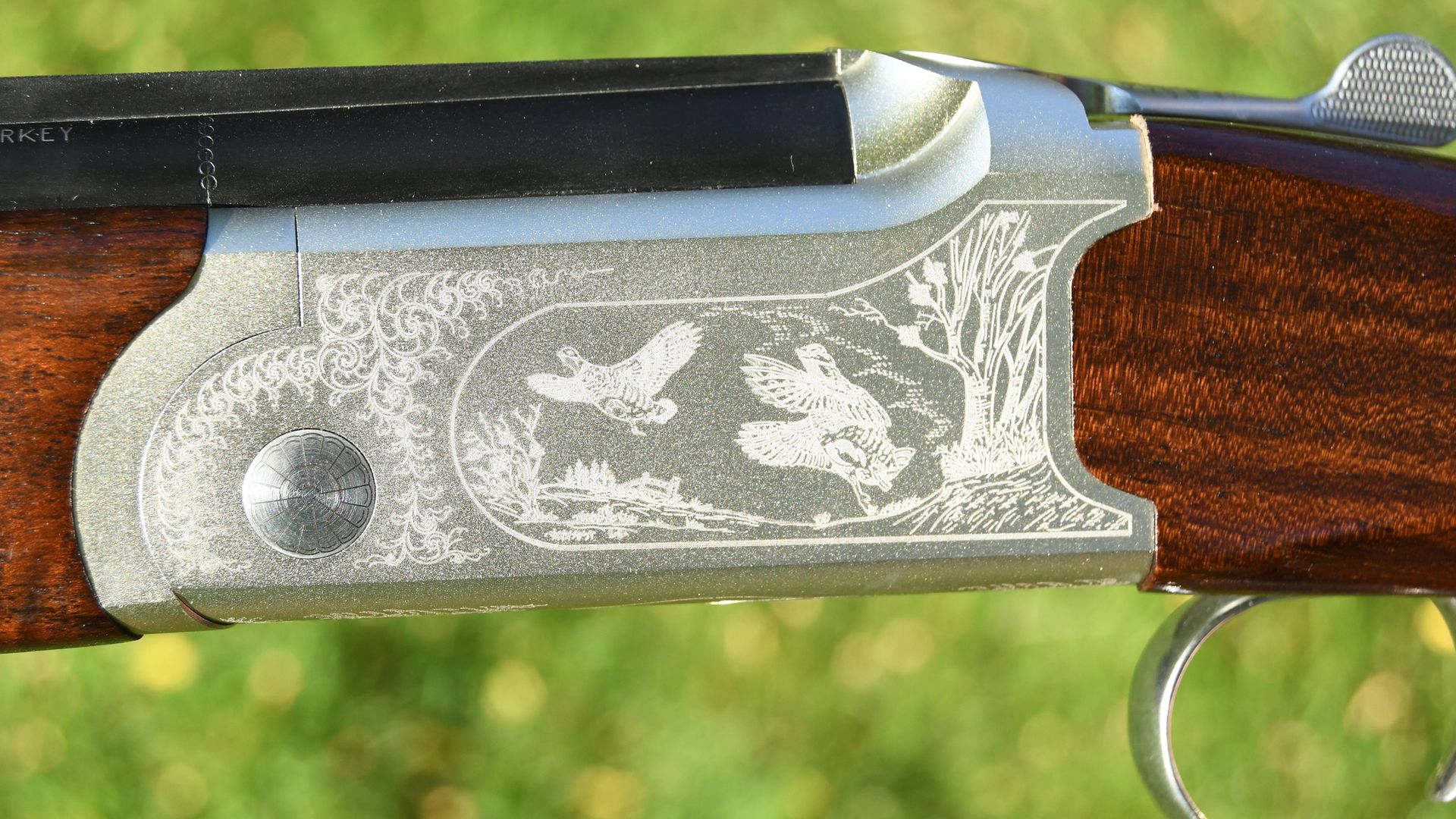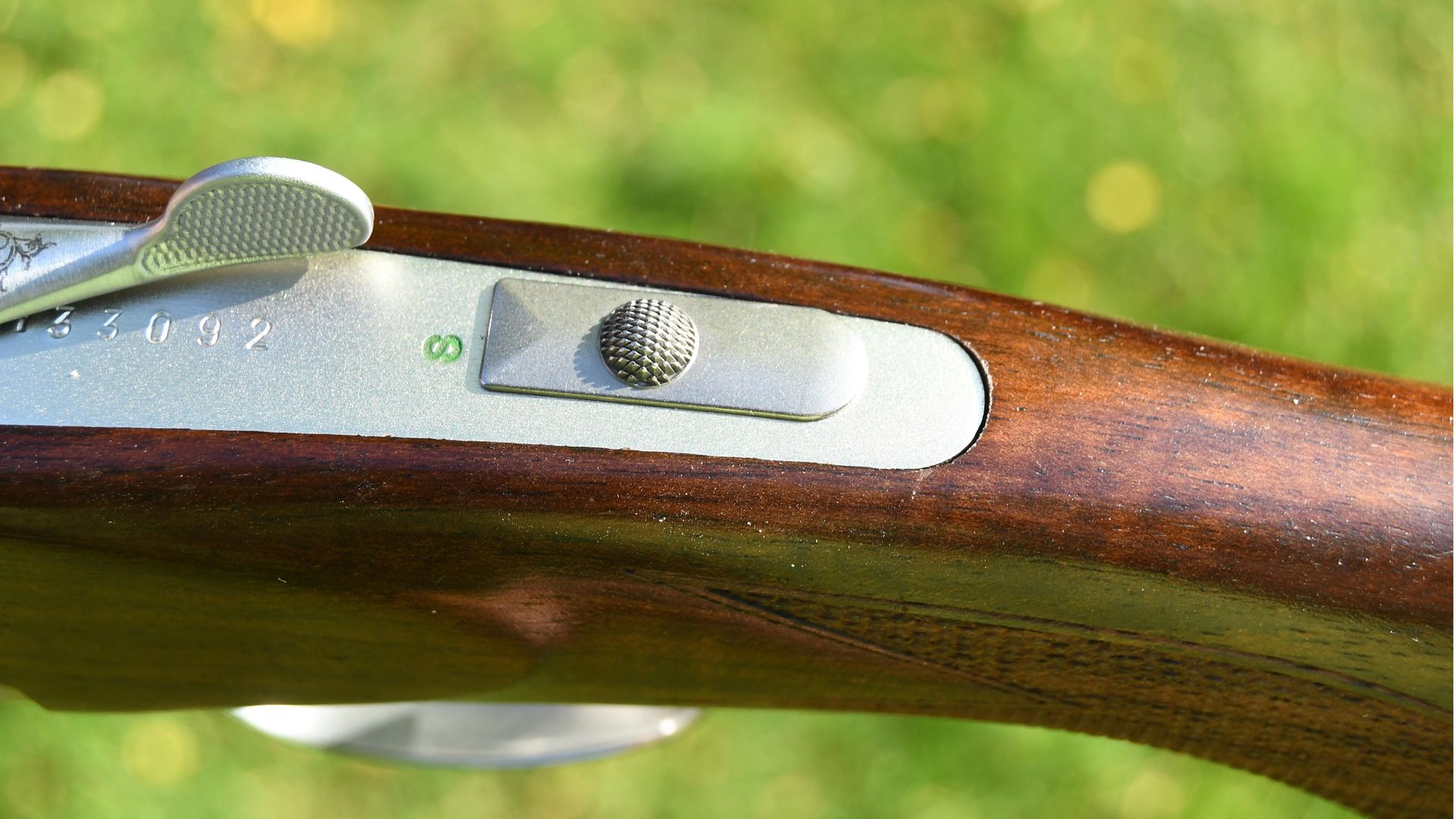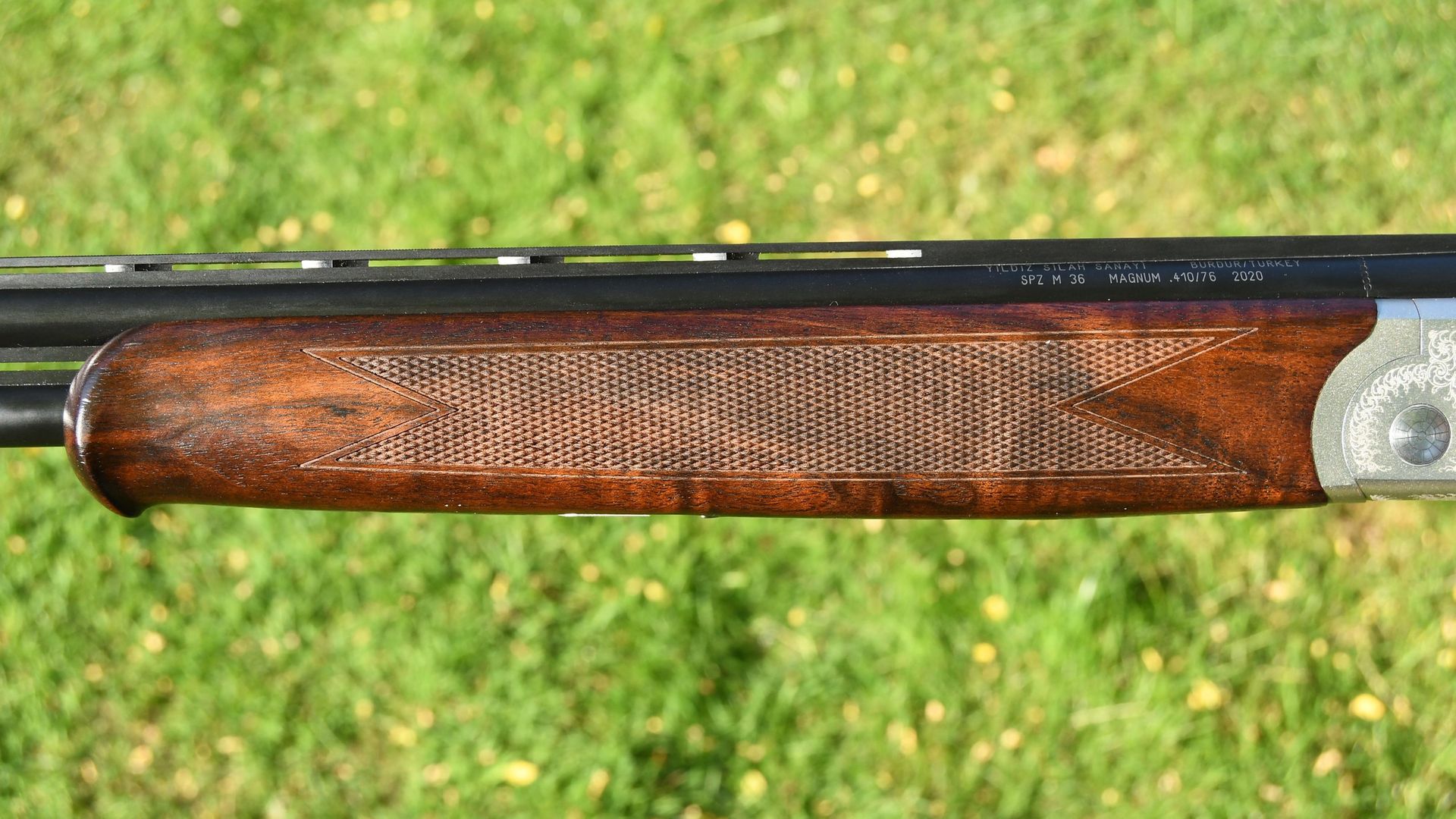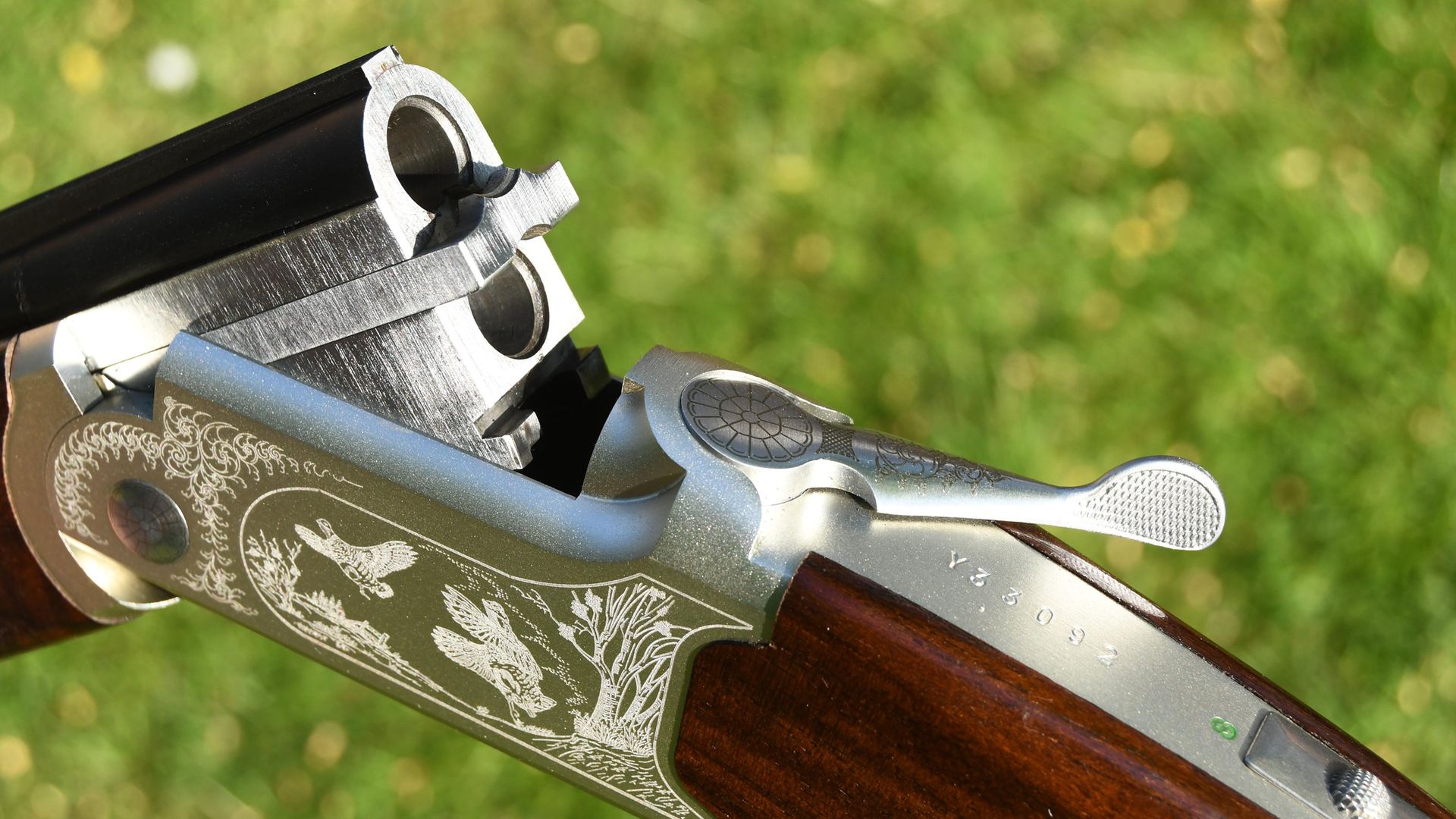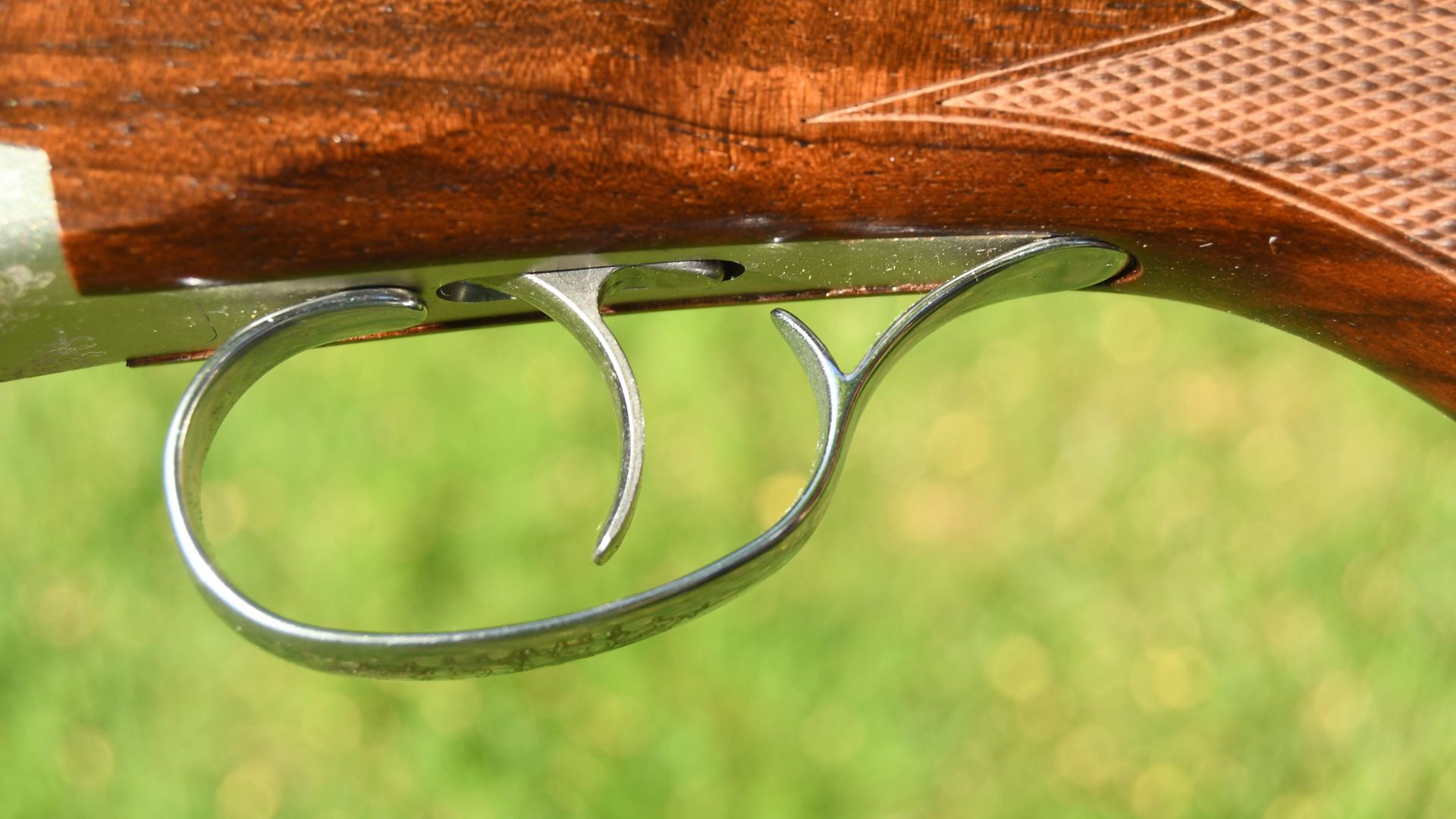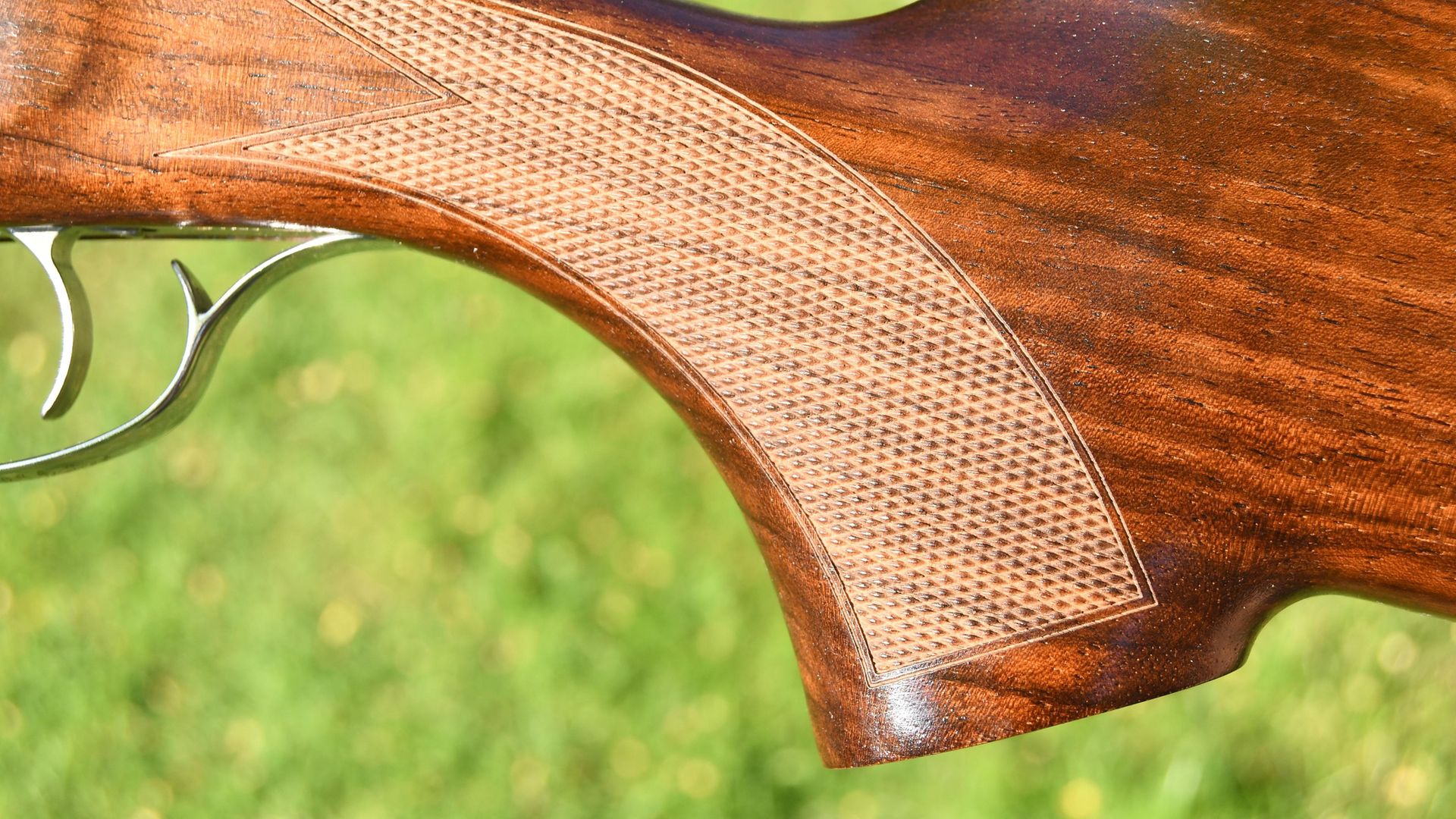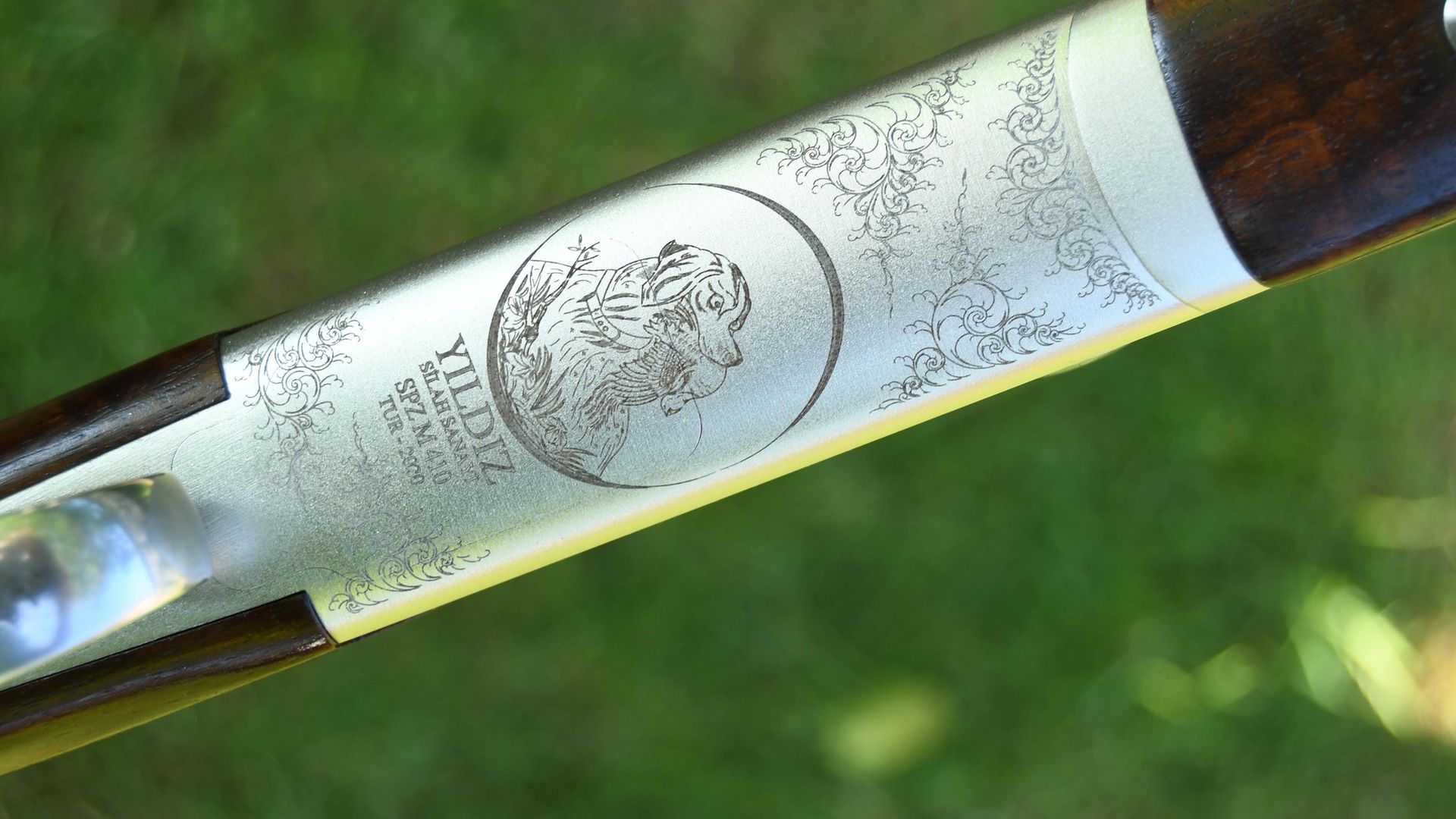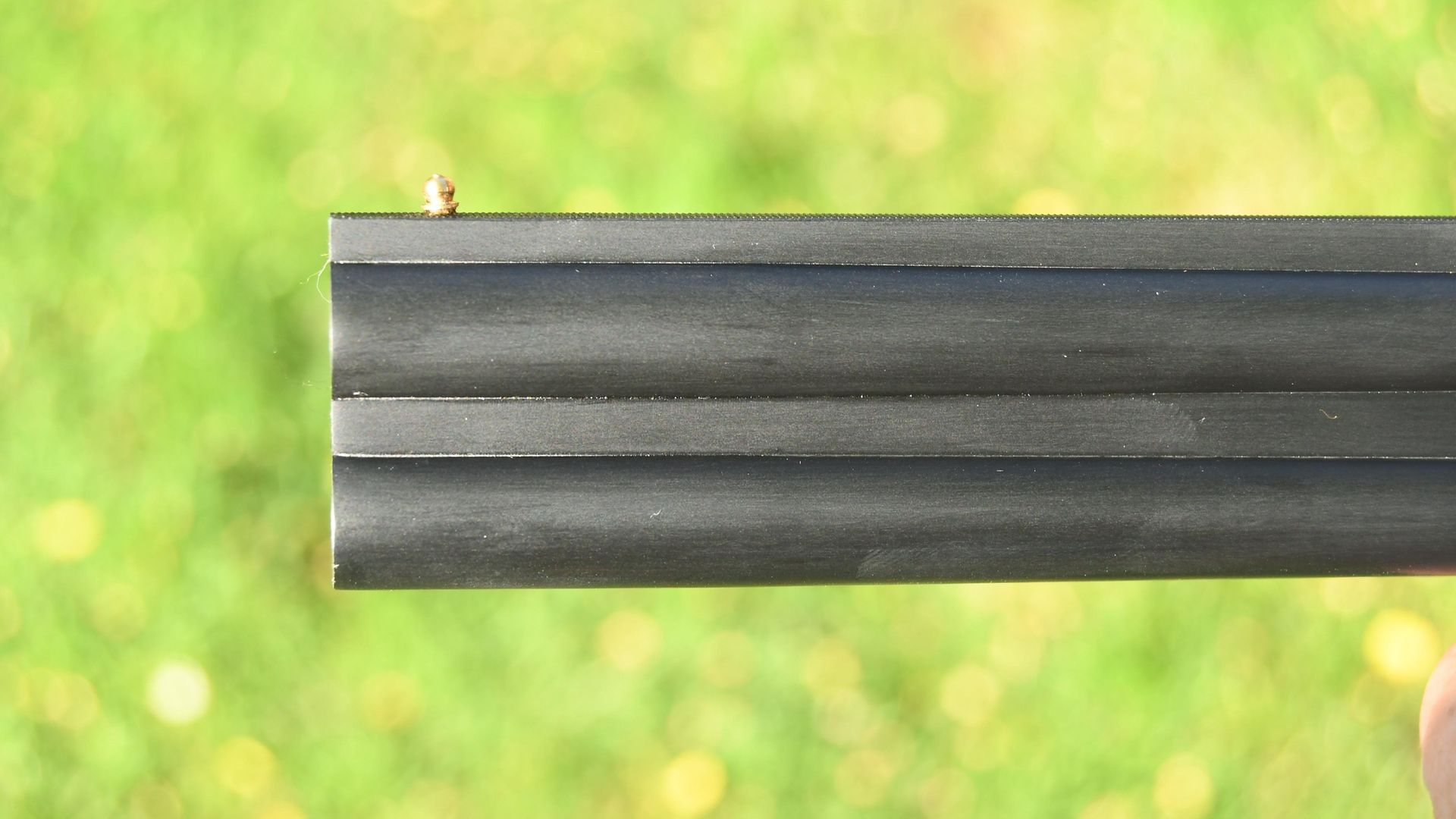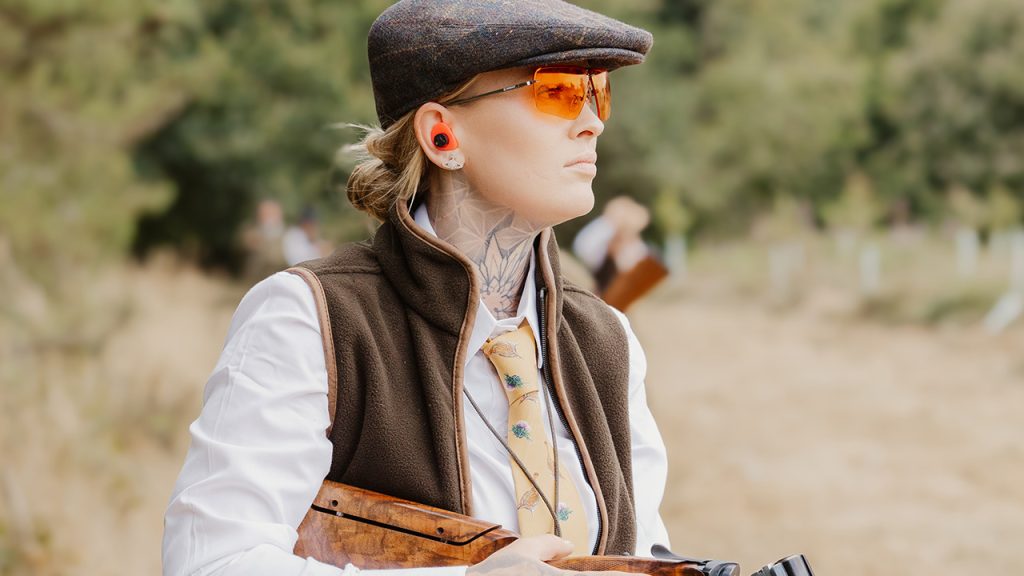Gun test: Yildiz .410
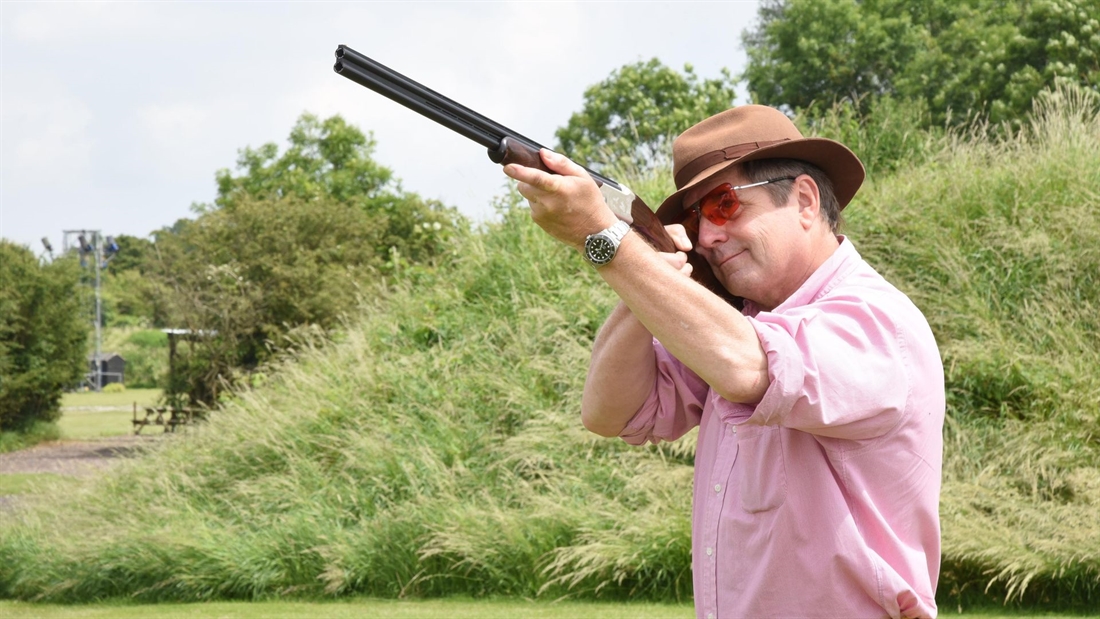
With its attractive price point, light weight and ability to adapt to a growing youngster, the Yildiz .410 makes the perfect entry-level shotgun, offering a lot of bang for the buck, says Mike Yardley in this test and review
We have crawled out of our caves and the sun is shining a bit. I am lucky in that I have continued shooting during most of the crisis. I have not done much teaching in the last 18 months, though, so when a friend, Richard Stevens, asked me to get his son, Adam, aged 10, off to the right start, I was delighted to help. Very conveniently, a Yidiz .410 had just arrived for testing. We have featured this little gun in the magazine before, but, throwing neutrality to the wind, it was good enough to warrant another look. Moreover, the UK importers have now changed and the brand itself is developing.
Yildiz guns – produced in Turkey for over 40 years – were imported by Enwhistle Guns of Preston. Now, they are brought in by the relatively new, but dynamic and quickly expanding, company, Raytrade, based in Whitchurch, Hants. The firm was brought into being to handle Remington, Marlin, and Barnes in the UK, but now their impressive portfolio includes Weatherby, Chiappa and German Precision Optics, amongst several others.
General manager Richard Ryan notes: “We took over importing Yildiz from Entwhistle Guns in January 2019. We are very happy to have this popular brand on board. The bulk of our business previously has been rifles, notably Remington and Marlin. Yildiz was a huge win for us, UK shooting being dominated by the shotgun scene. Now we hope to continue to develop the brand. Yildiz keep bringing out interesting products, including their very well-priced MX8-style 12- and 20-bore sporters.”
Richard notes of the test gun itself: “It’s a fabulous little lightweight entry level gun. It’s been around for 15 years in its present form, well-made and great value – they sell really well. The wood, Turkish walnut of course, is good, general quality is sound, at its price point, and the trigger pulls are particularly good too.”
I can’t really disagree with any of that. For the money (£425 as tested as a non-ejector) there is a lot of bang for the buck. You can get an ejector for £100 more and a spare stock for £115. The latter may especially tempt those who opt for the youth model as tested with 26″ barrels and a shorter 13½” length of pull. It means the gun can be future-proofed, either for a growing youngster or for dad or mum to take over.
First impressions of the Yildiz .410
At a sub-£500 price point (significantly less than it was some years back), no double-barrelled sporting firearm is going to be absolutely perfect. Nevertheless, the diminutive Yildiz is remarkably well made for the money. The gun’s action is aluminium alloy (larger bores are available in steel) with a steel action face insert (as is commonplace for alloy guns). Conceptually, the mechanical design owes quite a lot to Lanber (no bad thing – the gun trade loved the Plain Jane marque because it was so reliable).
What else is there to say? The basic form and style of the Yildiz pleases. The engraving looks a bit thin, but the stock shapes are particularly good. Comb and grip are excellent. The stock as tested is 13½”, which suited our young Gun well (and I could shoot it comfortably by extending my front arm). The butt is finished off with a straight cut at the butt sole allowing for the easy fitting of a recoil pad or extension. There is a bit of cast for a right-hander. The drop, dictating the comb height, was a little low: 1½” at the nose of the comb, 2¼” to the rear. This might be an area for development ( I’d go 13/8″ and 2″).
Monobloc barrels are well presented, 3″ chambered, and bear fleur-de-lys superior marks, struck in Birmingham. They show no signs of heat distortion in manufacture (as is particularly common in small bores). Five diminutive multi-chokes are supplied. The sighting rib is ventilated, as are the joining ribs which don’t extend fully under the schnabel fore-end. The latter is classically shaped and quite slim. Indeed, the whole gun has pleasing, dainty proportions. The price point – made possible by increased sales volume – can’t fail to impress either.
Yildiz .410 – technical overview
There is nothing revolutionary about the mechanical design of the Yildiz, but it is nevertheless unusual in several respects. The well-machined (by CNC) action is alloy as noted and, as is common on alloy actioned guns, there is a steel reinforcing piece at the breech face. This not the usual trigger plate design. Instead, the gun has an action with traditional top and bottom straps.
There is trunnion hinging and bifurcated barrel lumps contributing to a very low profile. This configuration is seen in the majority of mass-produced guns now (Browning and Mirokus apart). The action is powered by coil springs and there is a single central cocking bar. It’s all well-proven. This is a non-ejector so there is a simple extractor which comes into play as the gun is opened but does not automatically throw out the spent cartridge case (you have to resort to the traditional method of pulling them out which soon becomes an unconscious action). The trigger here is not inertia operated, but mechanical; it is well suited to a 3”-chambered .410, which must be able to digest a wide range of case lengths and payloads.
How did the Yildiz .410 shoot?
The Yildiz is light. In adult hands, it might feel a bit too light initially and requires extra control. It accelerates quickly but can come to a sudden halt if you don’t keep pushing. The gun is, however, ideal for the instruction of young shots. I tend not to over-complicate when I’m teaching kids – the priorities are safety and fun. You are doing your job when you get a big smile.
As noted earlier, a friend had asked me to give his son a lesson and the Yildiz was in the cupboard. We met at my local ground, Fennes, where I knew there were some ideal targets. We began, however, on the pattern plates. You can sort out stance and mount, dry fire, then fire at the plate giving an instant impression of what shotguns do. Adam centred the plate first shot. He then proceeded to do it three times more! All shots taken one at a time with me loading and closely supervising. We moved on to a floppy, rising, bird. Adam hit five out of the first six with the Yildiz and an even bigger smile. Job done.
My thanks to Lyalvale Express for the cartridges used in this test, to Richard Ryan of Raytrade and to Adam Stevens.
Tech specs
Make: Yildiz
Bore: .410
Chamber: 3” (70mm)
Barrels: 26” (28 and 30” options)
Rib: 6mm ventilated
Chokes: multi – five supplied.
Action type: coil spring with traditional solid action
Weight: 5lbs 2oz.
RRP: £425 (ejector model £525)
We like
- The price
- The weight and balance
- The simple, solid, construction
We don’t like
- Very little at the price
Teaching young people to shoot
Safety. Safety. Safety! Instil good habits, in particular muzzle-awareness, from the start. Treat all guns as loaded. Never point a gun at something you don’t want to destroy. Make sure that the gun is unloaded every time you pick it up, put it down or pass it on. AND STILL TREAT THEM AS LOADED. Keep fingers off trigger/s unless shooting. Provide comfortable eye, ear and head protection. Check eye dominance carefully. Many kids don’t have one dominant eye (ditto MOST women regardless of age). If the student can’t wink, consider a well placed patch on the shooting glasses.
When teaching kids – or any beginner – stay close and only load one cartridge at a time. Always be ready to intervene instantly. Make sure weight is kept well forward and that the feet are not too far apart. Beginners will often tend to lean back and arch the back. Encourage them forwards – ‘nose over toes’. Demonstrate a good mount with butt coming into the shoulder well and not resting in the upper arm, heel of the stock inline with the shoulder line or just below. Show them how to grip the gun and how to use the front hand/arm to lift the barrels without extending the hand too far forward or bringing it too far back. Confidence and competence must be instilled but shooting must be a happy experience from the start. Beginners need to see early success.




